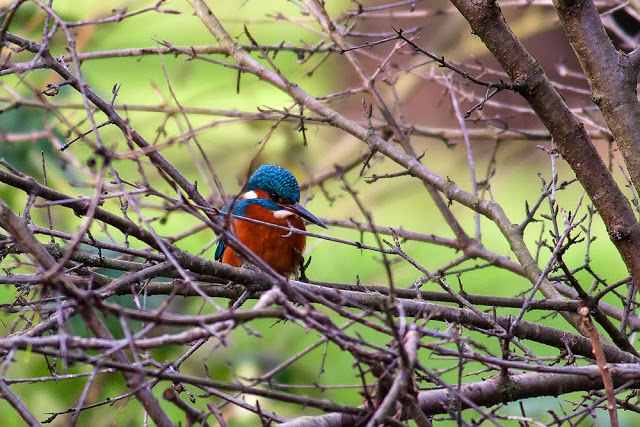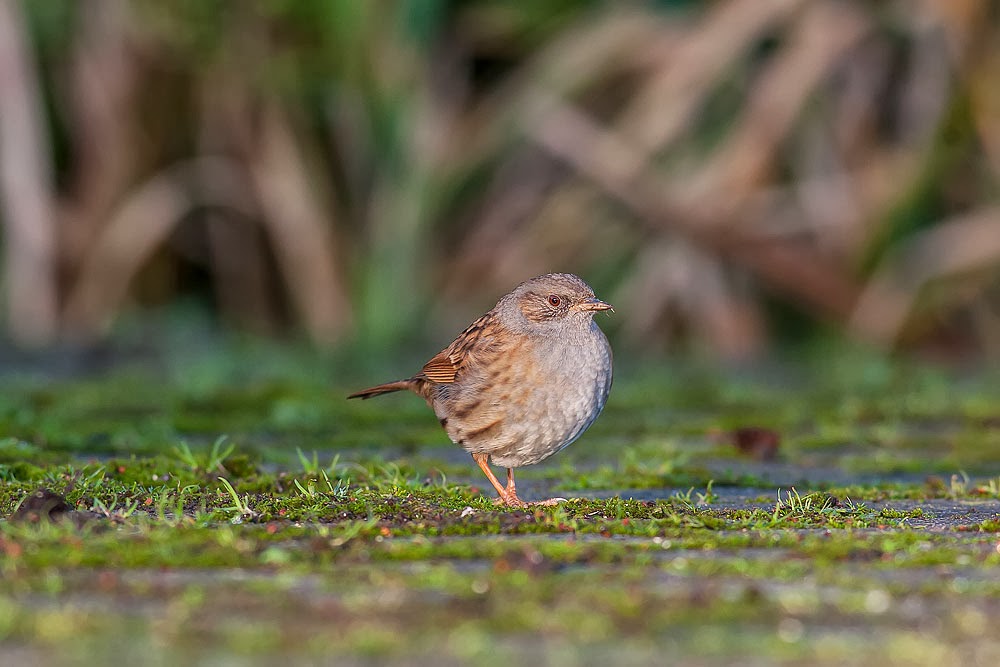It Doesnt Have to Cost

I want to continue a bit of a theme about getting people involved in wildlife, my previous post was to do with Encouraging Wildlife Interest in Children (a very important goal in my opinion), well with this post I want to dispel the theory that watching wildlife must mean high costs and enormous amounts of travel into the wilds in order to see anything of interest (as I know this can put people off getting involved). Some of my most interesting and exciting sightings have been in towns, many on my own doorstep.
It Doesnt Have to Cost
It may not have become clear but all (well the vast majority) of my birding/wildlife watching is done by foot or bicycle, I do not drive (yes I know odd in this day and age for a 38 year old to not drive!), this is not choice but financial (for the most part, when I was young it was easier to get lifts and not be the designated driver), but what it means is that my hobby is pretty much carbon free and cost free,
something I am proud of, but does this mean I don’t see anything of interest?
The simple answer is No.
I do live in a green city (well technically still a town), but most towns and cities will have a park or piece of waste ground that will hold a lot more than you imagine.
Urban Wildlife
 |
| Hoverfly (Marmalade fly) |
Urban wildlife is occasionally discussed on BBC TV programs, and for me this needs to be encouraged more, from feeding the animals at home to creating wildlife havens in our gardens we can create habitats that attract species to us and this means that we do not have to travel to see the wildlife; we can get it to come to us. But more than that, wandering the streets of any UK towns and cities will produce a huge amount of wildlife much of which the vast majority of us would never see. Most will not be the enigmatic foxes or exciting birds but more from the macro world.
 |
| Buff tip Moth |
Simple Flowers
Take a look at any bush in flower in summer in the UK and at first glance you will see a few bees and maybe the odd butterfly, but look closer and you may see that there are a number of species, getting in close you will probably see most of the bees are hoverflies (and when you start getting into them you will be amazed by the numbers). But what else, well there are over a thousand Moth species in this country, many of which fly in the day but for the night flyers there are a number of ways to attract them, from specialist light traps (which will cost) to a bright light held up to a white sheet (you won’t get the numbers but you will be shocked by what might turn up) or even spreading a sticky sugary liquid on a fence.
I think too often in the UK we focus our wildlife either on the exotic (think how many wildlife programs you see on Elephants or Tigers) or the enigmatic, think Deer or Kingfishers, but totally ignore the really accessible and sometimes less attractive insects or common birds (have you ever seen a film about Dunnocks? Take a close look at one and you may see they are stunning birds with very dramatic lives).
 |
| Dunnock |
Urban Wildlife
We really need more championing of urban wildlife. And the excitement of the macro world. It is far easier to show kids your local butterflies than it is to show them foxes; far easier to attract a robin or black bird to your bird table than watch eagles soaring through the mountains. And far, far cheaper.
Books
A great way to reduce costs with wildlife watching is with books, as a naturalist (all be it amateur) I have loads of books, many I will never pick up, they cost me hundreds if not thousands over the years but the reality is I could have started with library books or visited second hand book shops and found just as good literature at a fraction of the cost.
Equipment
Now I will admit it is very difficult to obtain decent optics or study gear without spending money. But just how good do you need your equipment to be? Especially when starting out? If you plan on looking for moths either; a simple sheet and light; or home-made sugaring substance; will be a great start and help get the bug going in you. A cheap magnifying glass will allow you to get close to any bugs you have found, under rocks or in leaf litter. And believe it or not you can get some very good binoculars for under £200 (New) these days. Or a lot less if you are willing to go second hand. It is all about starting with what you can afford.
I hope I have pointed out a few ways that enjoying wildlife doesn’t need to cost huge amounts of money. You don’t need the greatest and latest gadgets to be able to see a huge array of different creatures. And embracing your local area will give you a far better enjoyment than chasing hundreds of miles to see something you have seen already on the TV.
Did you enjoy It Doesnt Have to Cost? Or find it useful? Then please consider sharing with your friends via the links below.





6 Comments
Amy Lyons
your photos are really beautiful. id love it if youd check out my blog and comment back http://amyelizabethfashion.blogspot.co.uk/2014/03/spring-haze.html xx
AshleyBeolens
Thank you for your kind words, I will look at your site when I have a moment.
Peggy
Wow! I love that photo! It is amazing to me how much color is in nature. We seem to miss it when we don't really pay attention. Thanks for sharing.
AshleyBeolens
Thank you, I appreciate the kind words 🙂
Corinne
The photos are beautiful! You make a great point about the wild life programs on TV always focusing on the more exotic creatures! It's all polar bears, whales or tigers!
Corinne x
AshleyBeolens
The "normal" stuff is so easily missed and it is such a shame, when we have amazing creatures in our back gardens, but just don't know about them.